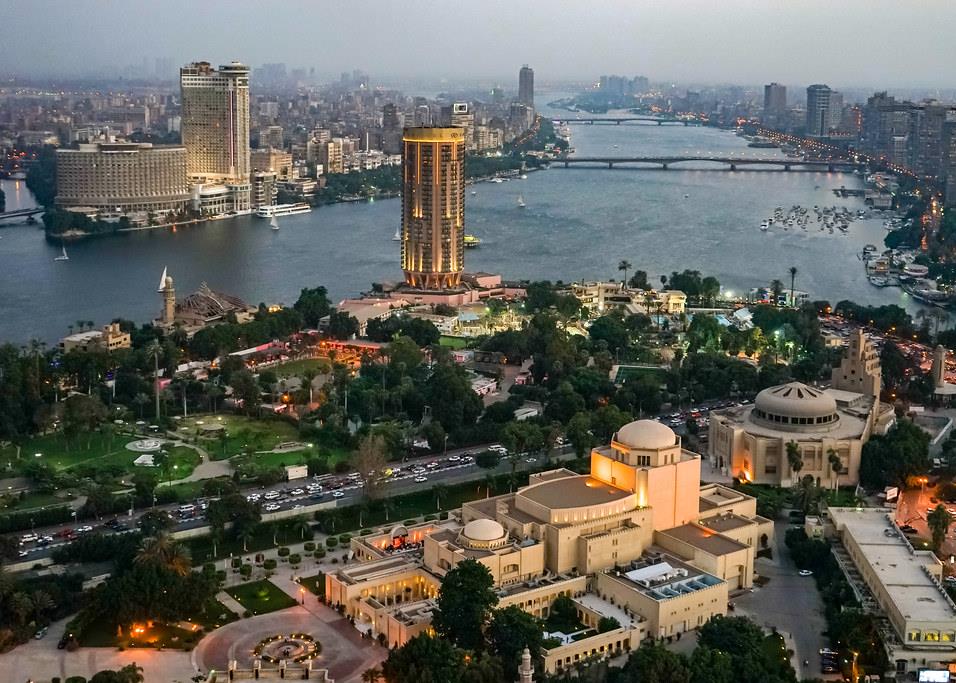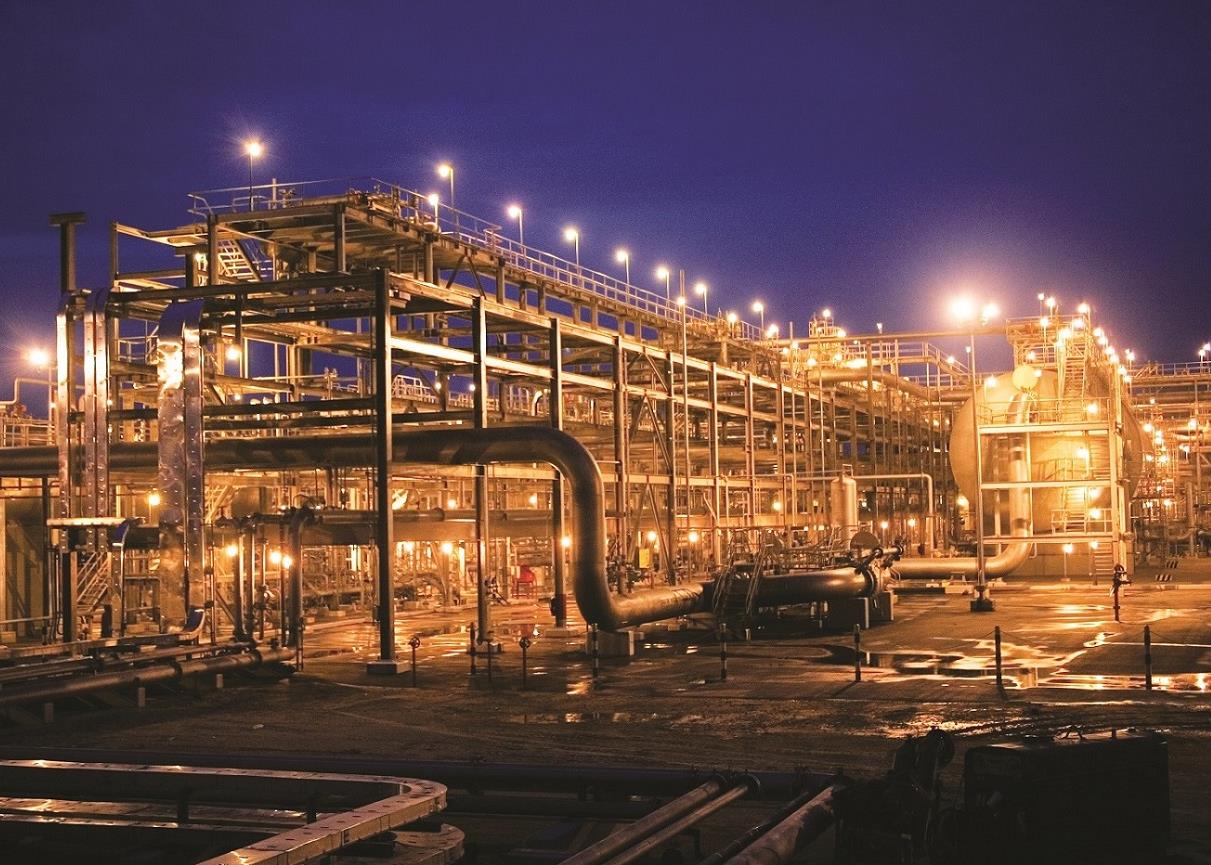
Middle East maritime industry finds its growth constrained by the financial crisis
In February, the United Nations Conference on Trade and Development (Unctad) released its 2009 Maritime Report analysing the state of the world shipping industry. The report shows that 2008 was a turning point for global shipping, with the financial crisis bringing an abrupt slowdown in world trade growth after five years of rampant growth.
Unctad reports that the volume of traded goods delivered around the world by ship in 2008 stood at 8.17 billion tonnes. Although that figure represents volume growth of 3.6 per cent on the previous year, it also marks a significant slowdown from the boom years of 2003-2007 – the growth in 2007 was 4.5 per cent.

World Shipping Fleet

Middle East Merchant Fleet
Container traffic was one of the sectors of the shipping industry hardest-hit by the global recession and the rate of volume growth in 2008 was less than half that recorded in previous years. In 2008, growth in container traffic slowed to 4.7 per cent to reach 137 million twenty-foot equivalent units, following an increase of 11 per cent in 2007.
| Middle East merchant fleet | ||
|---|---|---|
| Country | 2008 | 2009 |
| Kuwait | 2,426 | 2,366 |
| Saudi Arabia | 943 | 1,350 |
| Iran | 3,140 | 1,096 |
| UAE | 809 | 1,075 |
| Qatar | 86 | 903 |
| Bahrain | 326 | 498 |
| Yemen | 29 | 30 |
| Oman | 24 | 26 |
| Figures include chemical tankers, liquid bulk carriers, LNG carriers, ferries, barges, offshore supply, fishing and other vessels. Source: Unctad | ||
Unctad attributes the slowdown in shipping trade to falling demand for consumer goods, production cuts in the industrialised nations and lower demand for energy – a blend of factors that made itself felt across the entire shipping industry, from car carriers to oil tankers and container ships.
“By the start of the third quarter of 2008, things had taken a turn for the worse as the crisis began to affect demand,” Unctad reports. “Trade volumes in the bulk cargo and liner sectors sustained dramatic declines, which continued for the remainder of the year and well into 2009.
“The tanker market fared slightly better during 2008 compared to other sectors, although by the middle of 2009 all sectors were experiencing similar declines.”
During the third quarter of 2008, global demand for oil dropped for the first time since the 1980s. But while demand plummeted in industrialised economies such as the US and Japan, Middle East demand for oil and gas remained robust. Unctad quotes figures from the International Energy Agency (IEA) showing that demand from industrialised nations fell by 2.4 million barrels a day during 2009.
In 2008, the world’s tanker fleet delivered 2.75 billion tonnes of cargo, of which crude oil amounted to 1.83 billion tonnes, some 1.1 per cent higher than in 2007. World shipments of petroleum products increased 2.7 per cent to 915.3 million tonnes.
Unctad expects oil demand in China, India and the Middle East to remain “robust”. It is cautiously optimistic about the prospects for improved global energy demand in 2010, but points to more hopeful long-term trends in project-related cargoes.
“The IEA predicts that to meet the projected global demand in 2030, about $26 trillion of infrastructure-related investments – offshore rigs, pipelines, refineries and pump units – will be needed.”
Sector consolidation
The Unctad report also highlights the ongoing consolidation of the shipping industry. Over the past decade, mergers and takeovers have meant that fewer, larger vessels are being concentrated in fewer hands.
During the 2003-2007 trade boom, the merchant industry experienced capacity shortages this presented new opportunities for investors and attracted financiers who ordered tonnage as an investment, then put the ships out to market on charter. According to Unctad, global bulk tonnage in 2008 increased 7 per cent, while capacity in the container trades increased nearly 13 per cent.
At the same time, some regional governments, especially in the Middle East were scaling down their ageing, state-owned fleets in favour of chartered modern tonnage – in particular to comply with the International Maritime Organisation’s 2010 deadline to phase out old, single-hull tanker tonnage.
As a result, the combined capacity of Middle Eastern-owned merchant fleets fell to just below 11 million gross tonnes in 2009, from more than 14 million gross tonnes in 2007, at a time when the amount of tonnage increased worldwide. In the 12 months to January 2009, the world’s oil tanker tonnage increased 2.5 per cent.
Iran, Kuwait, Egypt, Jordan and Syria all reduced their vessel ownership, in terms of gross tonnage, between 2008-2009. Iran’s merchant fleet has slipped from its position as the largest in the Middle East to third place in 2008, having more than halved its oil tanker fleet from 1,652,000 gross tonnes in 2008 to 80,000 gross tonnes.
That so much capacity was removed from the industry meant there was less overcapacity than there otherwise would have been during the economic downturn and tanker owners’ revenues proved more resilient than those of other shipowners.
In contrast, Qatar and Saudi Arabia have both increased the size of their fleets since 2008. Saudi Arabia has moved from fourth to second-largest regional ship owner, having invested heavily in new-generation double-hull oil tankers and in new container tonnage.
Qatar boosted its total vessel fleet from 620,000 gross tonnes in 2008 to 903,000 gross tonnes last year, largely through new orders from Qatar Gas Transport Company for specialist liquefied natural gas (LNG) and liquid petroleum gas carriers that will deliver Qatari gas to world markets.
London-headquartered Lloyd’s Register expects Middle Eastern ship owners to increase their ownership of specialist vessels in future. It predicts that regional ownership of LNG tankers will increase from 24 per cent of the world’s fleet in 2007 to 43 per cent by 2014, driven by Qatari investment in new tonnage. Unctad expected world output to have fallen by 2.7 per cent in 2009 – the first time this has happened since the Great Depression of the 1930s.
“The most commonly cited reason within the maritime industry for the speed with which the downturn has spread to global trade is the shortage of trade finance,” the report notes. “In fact, banks stopped issuing letters of credit and cargoes could not be lifted and trade executed. Developing economies’ trade is particularly affected by the shortage of trade finance. Unmet demand for trade financing is estimated to range between $100bn-300bn annually.”
Compared to most parts of the world, Middle East trade volumes held up relatively well. Regional exports grew 3 per cent in 2008, a slowdown from a 4 per cent increase the previous year, while imports grew 10 per cent, some 4 percentage points lower than the rise of 14 per cent in 2007.
But in global terms, the timing of the downturn could not have been worse. Sustained growth in global trade between 2003-2008 led the world’s shipowners to invest heavily in new tonnage, to replace ageing fleets and to cope with increased demand. By January 2009, the world’s fleet stood at 1.19 billion deadweight tonnes – 6.7 per cent higher than the year before.
With the downturn, new orders have ground to a halt and many investors cancelled or sought to renegotiate the orders they had placed with shipyards during the boom period. Until mid-2008, shipyards were awash with orders and were struggling to find slots to build additional tonnage.
Many of these orders were completed in 2009, which left shipowners struggling with surplus capacity as they took delivery of the new tonnage. Falling scrap metal prices have also reduced the returns to be made from scrapping surplus vessels.
The report points to uncertain times ahead, with questions over how soon the major economies will recover, but also about port security as well as about the impact of global shipping on the environment.
The economic downturn is not the only threat that global shipping faces, it notes. The report points to piracy and particularly the threat to vessels that sail through the Suez Canal from armed groups operating out of Somalia that target ships in the Red Sea and Gulf of Aden.
This has cost implications for Middle Eastern shipping. Carriers including Maersk of Denmark, China Shipping and Marseille-headquartered CMA-CGM have started to avoid the Suez Canal, rerouting their vessels around the Horn of Africa instead. These diversions mean lower revenues for the Suez Canal Authority and lower throughput for Arab ports along the Red Sea and eastern Mediterranean.
“By hijacking large tankers, seizing their cargoes and delaying or preventing their delivery, by causing oil spills [or] other environmental damage, piracy poses risks and costs to all,” Unctad notes.
“The implications entail increased military presence and operation in affected areas, the rerouting of ships to bypass the Gulf of Aden and the Suez Canal, higher insurance premiums and increased costs associated with hiring security personnel and installation of deterrent equipment.”
You might also like...

Aramco allows more time for MGS package revised prices
18 April 2024

Morocco tenders high-speed rail project
18 April 2024

Egypt resumes power cuts
18 April 2024

Petrofac awards carbon capture sub-contract
18 April 2024
A MEED Subscription...
Subscribe or upgrade your current MEED.com package to support your strategic planning with the MENA region’s best source of business information. Proceed to our online shop below to find out more about the features in each package.




